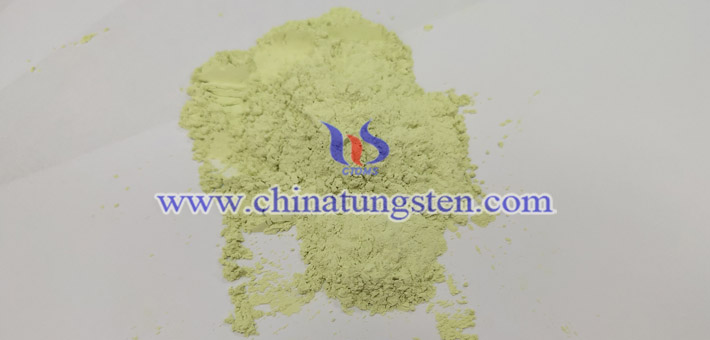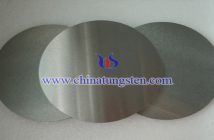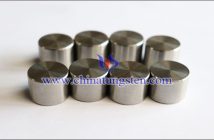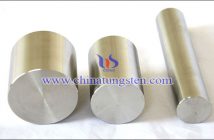As a photocatalytic material, WO3-TiO2 nanoparticles have been designed to obtain better catalytic performance as WO3 having encouraging physical and chemical properties is still not much effective alone. Such a photocatalytic material is promising to treat hazardous dyes in industrial wastewater by dyes degradation using photocatalysis with properties like reusability, low cost, complete degradation and ecofriendly. Some experts have prepared a novel photocatalyst WO3-TiO2 nanoparticles through a hydrothermal method by using cetyltrimethylammonium bromide (CTAB) as surfactant.
More details, please visit:
http://tungsten-oxide.com/index.html

And the experts have characterized the obtained WO3-TiO2 nanocomposites by X-ray diffraction (XRD), field emission scanning electron microscope (FESEM), transmission electron microscope (TEM) and diffused reflectance spectroscopy (DRS). Photocatalytic experiments indicate that the nanocomposites show much higher photoactivity than that of pure WO3 in the photodegradation reaction of Rhodamine B (RhB). The increased photoactivity of WO3-TO2 may be attributed to the improvement of the light absorption properties and the slowdown of the recombination between the photoexcited electrons and holes during the photoreaction.




